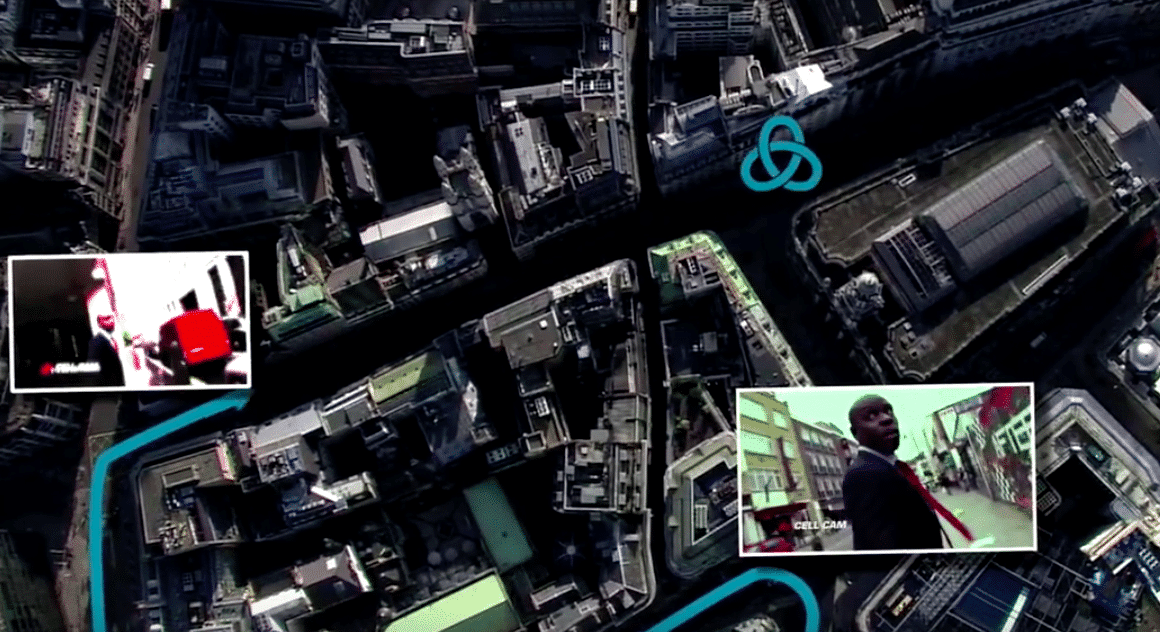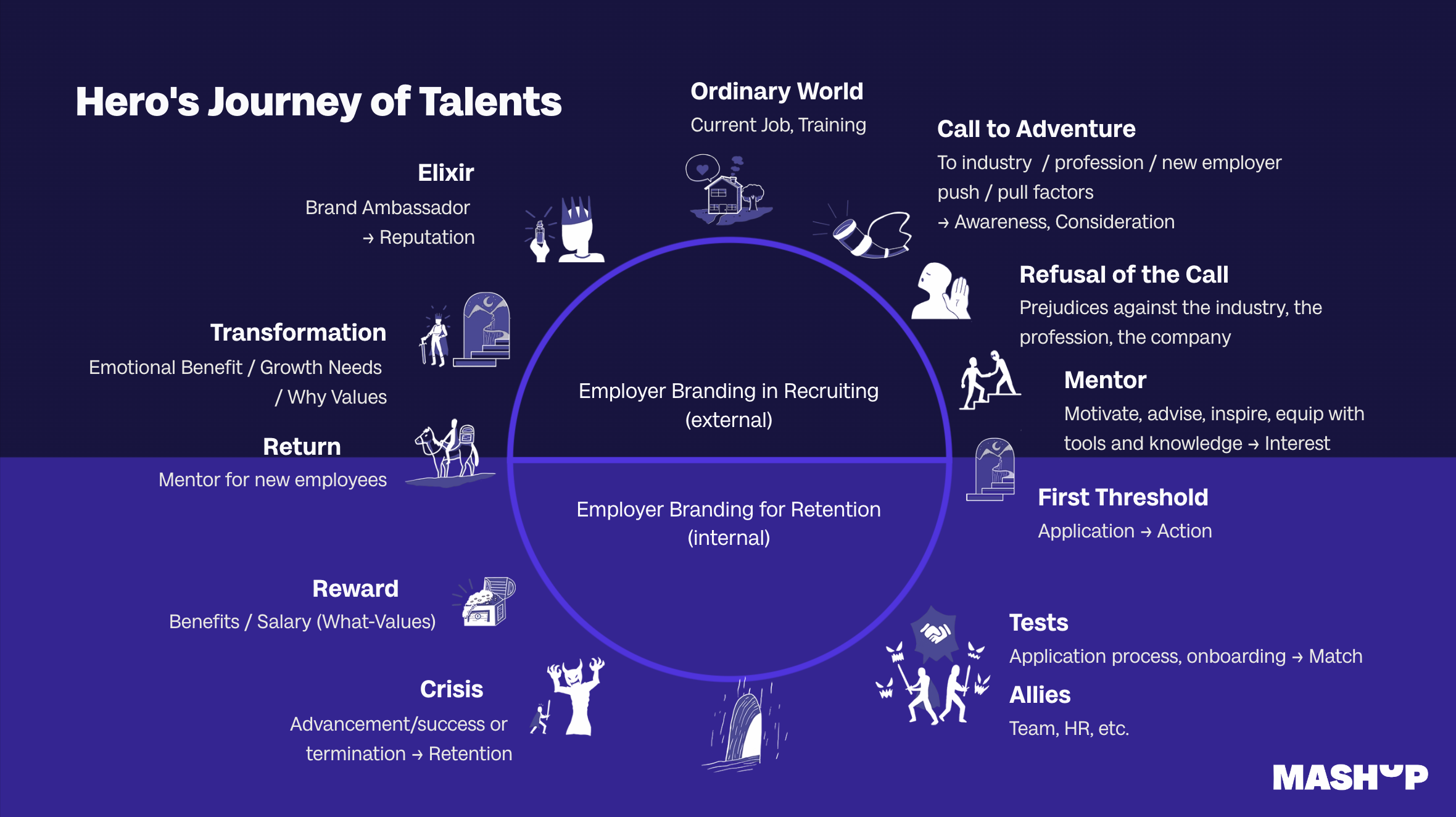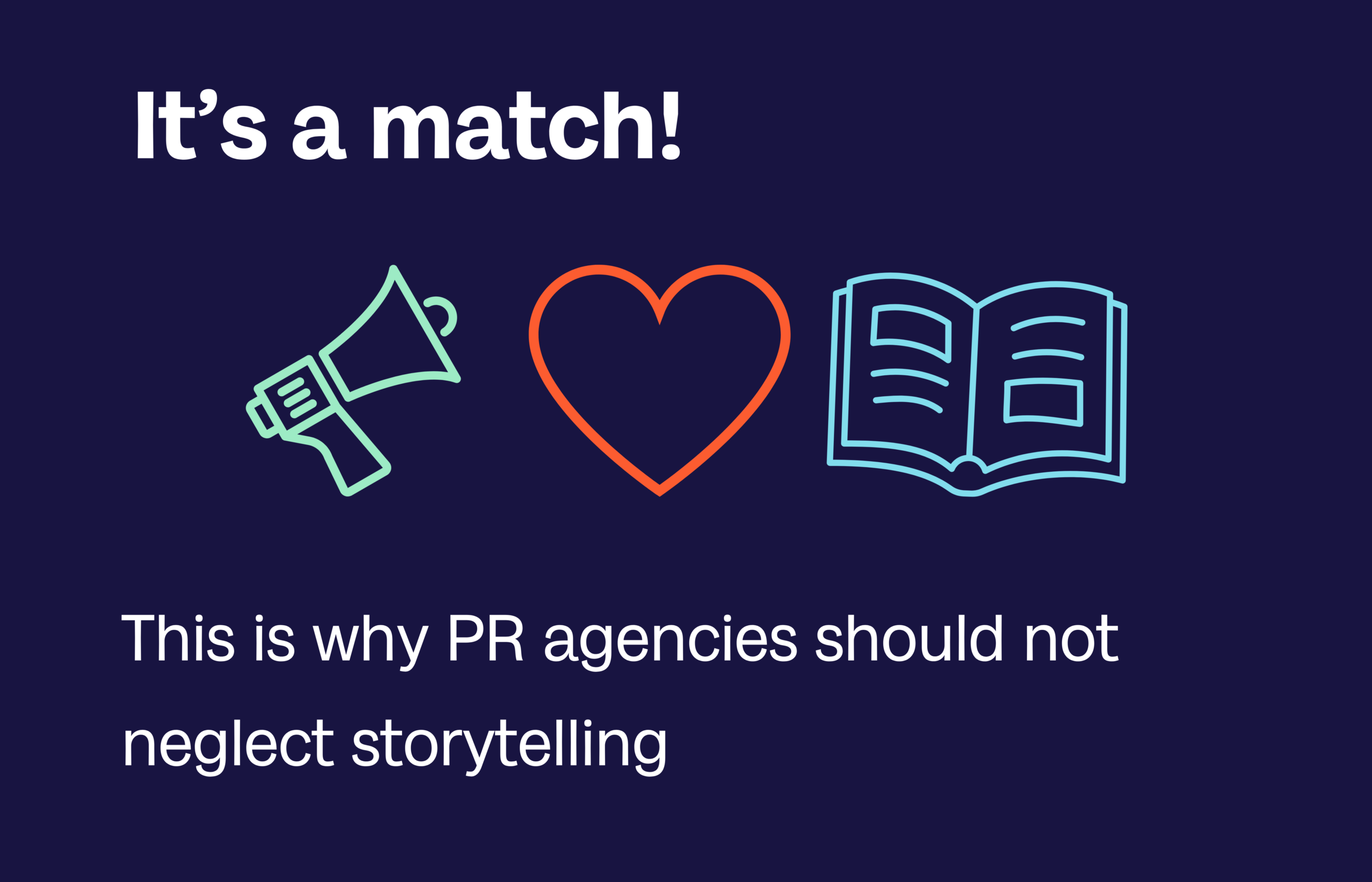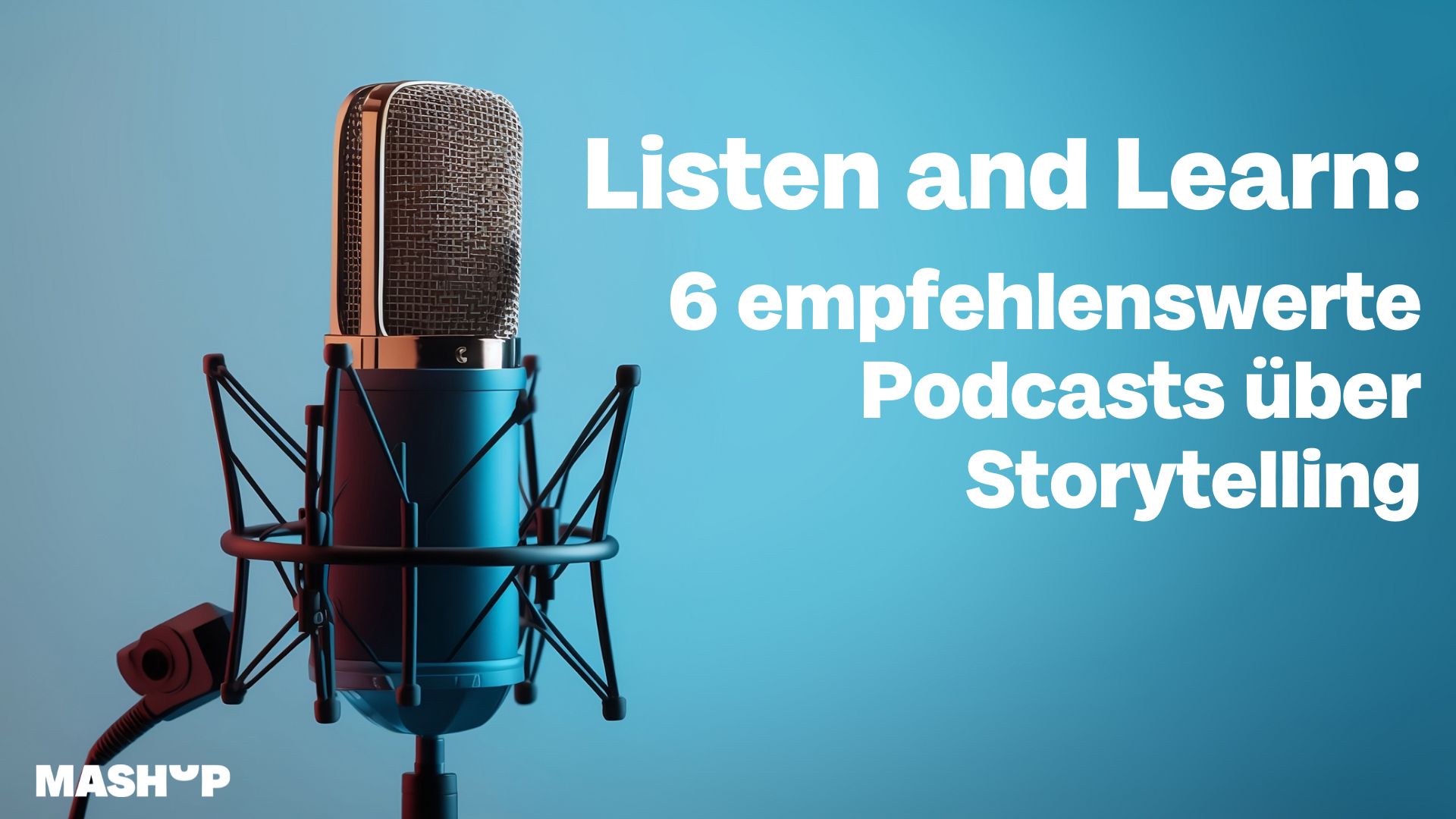Transmedia Storytelling – Campaigns inspired by Hollywood
It’s not just science fiction: Dubious instructions pop up while playing mobile games, pixelated crop circles suddenly appear in videos. Players receive cryptic text messages and Twitter is flodded by the hashtag #Conspiracyforgood. The whole scenario reminds us of a typical Dan Brown conspiracy theory – a theory which was brought to life at least to some extent: On 17thJuly 2010, Nokia had officially launched its “Social Benefit Storytelling” campaign. Right after, the whole plot got twisted – it transformed into an AR Game in which the players act as their hero’s best fellow. The game settings were simple: In order to prevent the relocation of an African colony enforced by the corrupt oil company Blackwell Briggs, the fellows have to follow up on clues, uncover information and interact with each other to cause the downfall of Goliath. This transmedia campaign has it all: a Hollywood director, several entry points, interactive storytelling and an approachable main character. But what are the exact structures underlying the campaign?

Basics of Transmedia
A transmedia-storytelling campaign is based on a number of hints and notes. Once fully assembled like a puzzle, they make up the whole story. The individual clues are spread over different channels. Online games, social media platforms, search engines, television as well as offline events are well suited to serve as entry points to the world of stories. In order to be part of the plot the audience has to engage itself on as many channels as possible. The discovery of clues is essential to solve the puzzle. The audience is appealed in a unique manner and encouraged by a “Call to Adventure” to take action within the events and hustle things along. Before the whole process takes place, the companies do not only have to define their story but also certain parameters:
- What is the core of the story, what is the big picture completed by the collection of all clues?
- How are the different channels interlocked with each other?
- Which actions of the audience should be provoked?
- How strong should interactions come off?
- What is the exact target group and which channel is the most effective one?
- How is the target group approached / What is our “Call to Adventure”?
The overall aim is to lead the audience to that one specific channel, which works best to communicate the story. Especially when implementing such a campaign on a low budget, those key points should be taken into consideration very carefully.
The „Call to Adventure“ – Decoded
Most transmedia campaigns start off with an event or a “happening”. It does not necessarily have to include a big concert or a hot pursuit through London, but rather a scenario that fits the target group.
The release of JAY-Z’s biography “Decode” served as a thematic anchor for search engine BING’s campaign. Posters comprising different pieces of the autobiography were fixed throughout the US. Parts of the content were even printed on tableware in restaurants and on the inner lining of Gucci jackets. Notably, the location of the placings correlated with the respective content on it, such as Jay-Z’s birth place. And that’s when the transmedia aspect is kicking off: All single components of the campaign could be assembled via BING.
An integrated online game on a separate landing page guided enthusiastic fans to the particular locations where the autobiography posters were fixed. Clues were released on Facebook, via Radio and Twitter (entry points) on a daily basis – these were the channels with the highest coverage regarding both younger and older generations. Thereupon, the paper chase started: Players communicated across the channels (Facebook/Twitter) to assemble all the clues. Via Bing Search and Maps, coordinates gathered through “crowdsearching” revealed the final destination. This way users were able to compile the complete biography. The campaign has become a phenomenon and the success speaks for itself:
The Game of Transmedia – World Building
Telling a story on different channels is challenging: The audience has to be reached on all relevant channels for them to complete the story. The approach is referred to as “World-Building” and represents the most prestigious discipline of transmedia storytelling. In some cases, the most suitable world is the one which has already been created: Westeros and the Story of Game of Thrones.
In order to turn the epic book sequence into the newest pop cultural trend, the network HBO had to approach existing fans as well as the broad mass. For this purpose, the following campaign merged both reality and fantasy to ensure an all-embracing sensual experience.
HBO came up with some special features to address different target groups. For instance, well-known influencers received boxes filled with fragrances from different locations in Westeros and subsequently reviewed them within 48 hours. In addition, an exclusive 3D program allowed users to eavesdrop discussions inside a virtual tavern, thereby witnessing upcoming conspiracies of the series. Through a First-Person simulation, users were enabled to reach The Wall in the north of Westeros.
Online video announcements claimed that food trucks were distributing dishes of the medieval fantasy world on the streets of New York. As a consequence, followers were guided via Facebook and Twitter to different places to be among the first to try them. A weather app displayed the current temperature in correlation with the temperature of the Seven Kingdoms. Finally, fans worked hand in hand in separate online games and puzzles to unlock previews of the series. Similar to the speaking hat of Pottermore, participants of the campaign encouraged others through social media to gain more findings. By doing so, the campaign united hardcore fans and the broader mass. The deeper the user dived into the world of fantasy, the stronger was the appreciation for it.
In conclusion:
Transmedia campaigns possess the great ability to represent all the unique features of a brand. Based on a thrilling story, the target group escapes into a whole new world, thereby making all the experiences first hand. This highly emotional process remains deeply engraved in the memory of the user. It is a lesson which tells us that the active integration of customers creates a stronger bonding between the target group and the respective brand than just a single-sided product placement ever could.
Share this article
Related articles

11 March 2024










